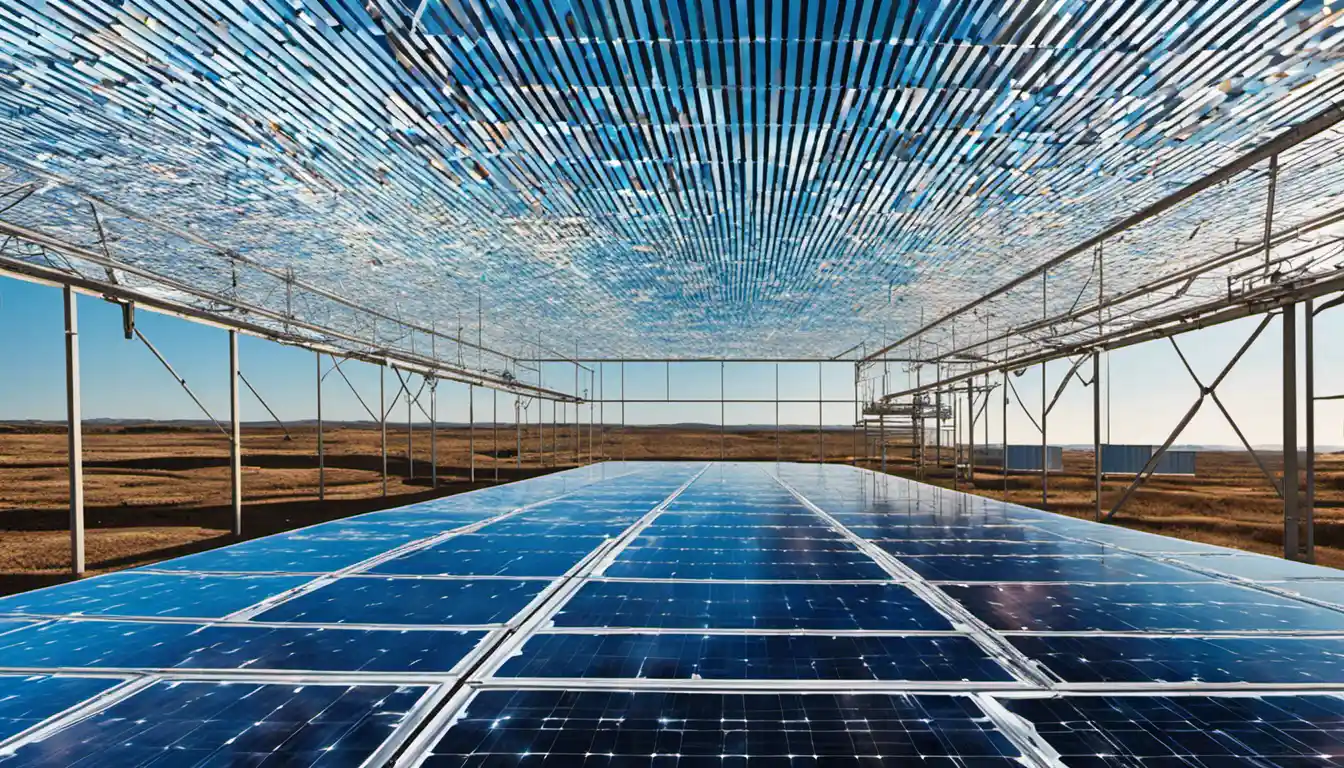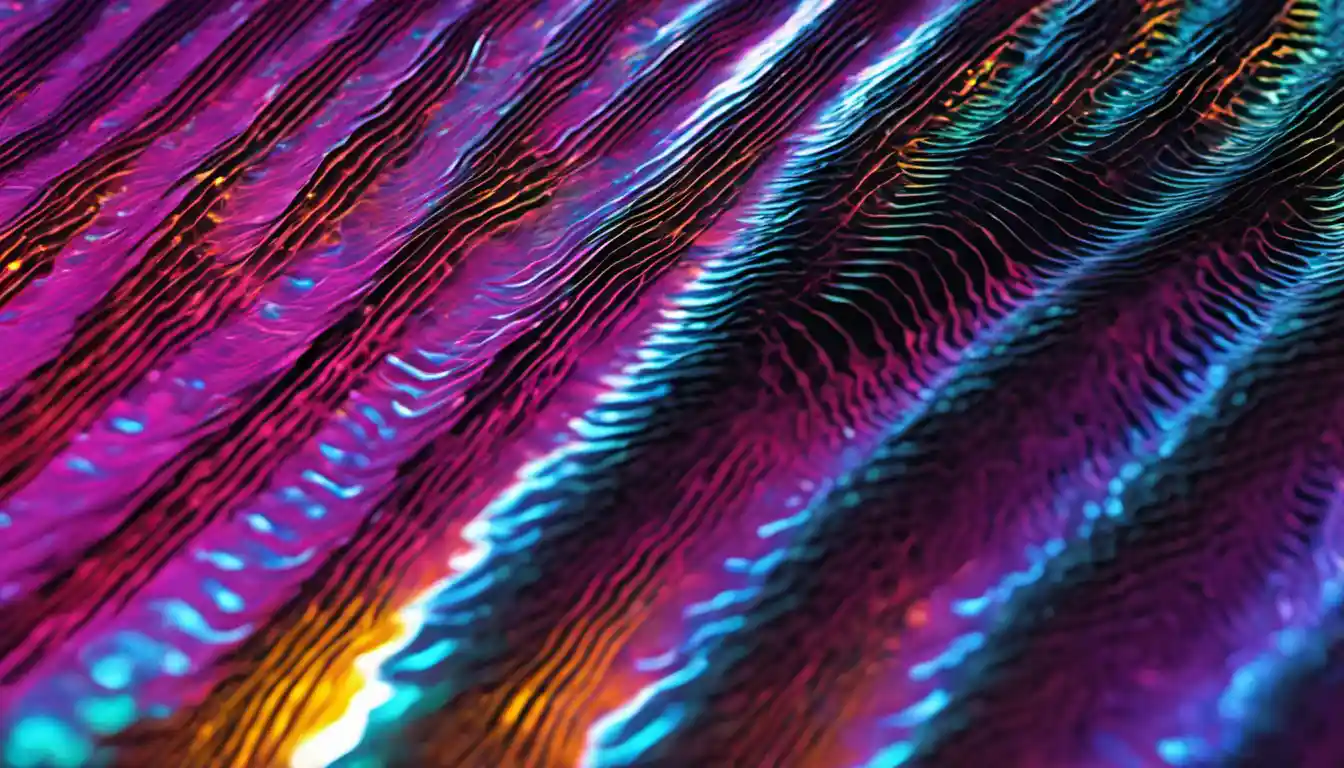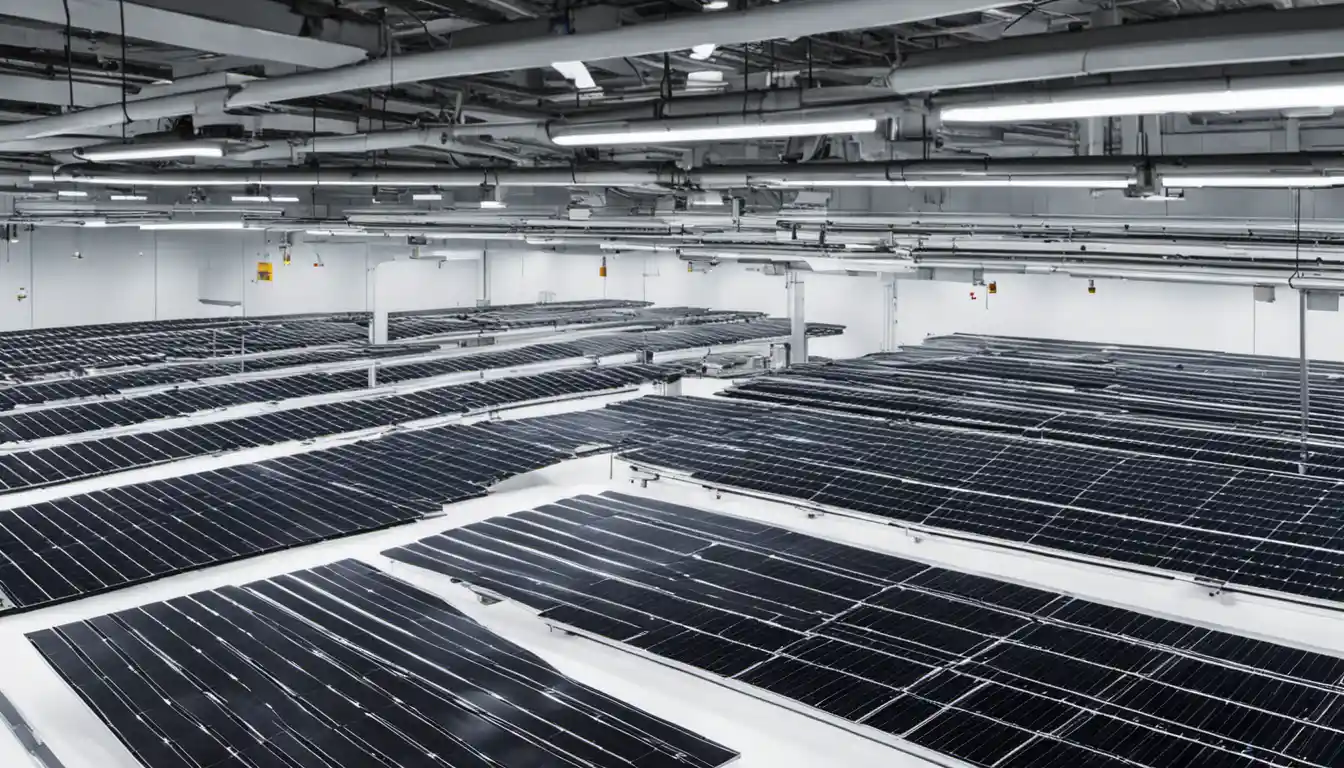Understanding Solar Panel Protective Coating
Solar panel protective coating is a special coating applied to the outer surface of solar panels to maintain their durability and efficiency. This coating can protect solar panels from various weather conditions, dust, UV radiation and decreases the maintenance cost by providing self-cleaning properties. It can also reduce light reflection and hence improve the energy absorption capacity of the solar panel.
Definition and Importance of Solar Panel Protective Coating
Solar panel protective coating is a layer deployed on the solar panels’ surfaces to safeguard their efficiency and ensure their longevity. This coating is as crucial as the solar panels themselves. It serves as the first line of defense against the harsh elements of the environment and prevents corrosion, dust, and dirt accumulation. Furthermore, the coating is pivotal in reducing reflection to maximize energy absorption, affirming its importance in boosting solar power production.
See also: Solar Panel Protection: Essential Tips and Tricks for Prolonging Lifespan
The Role of Solar Panel Protective Coating in Enhancing Efficiency
The efficacy of a solar panel protective coating cannot be stressed enough in improving solar panel functionality. When solar panels are exposed in the open, dust and debris are bound to accrue on them, blocking sunlight and reducing the panels’ output power. An applied protective coating is a game-changer as it features self-cleaning properties to repel dust and dirt and ensure the panel gets adequate sunlight. Furthermore, the coating is non-reflective, meaning it enhances sunlight absorption, leading to optimum energy generation.
The Role of Solar Panel Protective Coating in Improving Durability
The longevity of solar panels is primarily hinged on the protective coating shielding them. Unprotected panels left out in the wild are fairly vulnerable to wear and tear from elements like UV radiation, wind, rain, snow, and even the usual dust and debris. Coating the solar panels imbues them with the superhero-like ability to withstand these menacing elements, ensuring they serve you longer. Clean panels translate to a longer lifespan and by extension better returns on your solar investment.
Examining Specific Solar Panel Protective Coatings

Owing to their importance, protective coatings have seen remarkable innovations over the years. Some notable strides in this sphere include the DIAMON-FUSION® and Solar Sharc® coatings.
Breakdown of DIAMON-FUSION® Protective Coating
DIAMON-FUSION® is a patented solar panel coating that works by forming a protective film over the panels’ surface. This film not only wards off debris but also improves the panels’ water repellency, allowing rainwater to clean the panels.
How DIAMON-FUSION® Works
The nitty-gritty of how DIAMON-FUSION® works is both fascinating and revealing. Once applied to the solar panels, it fuses with the glass to form a hydrophobic (water-repelling) layer. This ultrathin layer reduces the surface energy, causing water beads to roll off the surface, whisking away dust and dirt in the process. This allows your solar panels to stay clean, attract more sunlight, and increase the energy absorbed.
The Innovation of Solar Sharc® Coating
The Solar Sharc® protective coating, on the other hand, is redefining the boundaries of ingenuity in the domain of solar panel coatings. This easy-to-deploy, durable coating is designed to keep your solar panels free of dust and debris consistently.
Realizing the Long-Lasting and Highly Repellent Features of Solar Sharc®
Solar Sharc® is a quantum leap in the field of solar panel protective coatings. The secret behind its powerful dirt-repellent properties lies in its innovative nanotechnology-based composition. The resulting ultrathin, transparent layer acts as a shield, preventing anything from sticking to the panel’s surface. This means almost zero maintenance for your solar panels, consequently higher energy efficiency and life expectancy. Don’t you love the sound of that?
Delving into the Technical Aspects of Solar Panel Protective Coating

Now, let’s unravel the technical fabric behind these solar panel protective coatings. Knowledge of coating materials and the application process empowers you to make informed decisions for your solar panel protective coating needs.
Investigating Solar Panel Coating Materials
Protective coating materials used on solar panels are tailored to provide the panels with a nano-composite layer. This layer, comprising silicone, titanium dioxide, and several other corrosion-resistant materials, leverages nanotechnology to offer exceptional elemental resistance and phenomenal self-cleaning abilities to maximize the panels’ performance and lifespan.
Core Features and Benefits of Protective Coating Materials
These materials offer an array of core features such as hydrophobicity (water-repelling), oleophobicity (oil-repeling), UV and corrosion resistance, anti-soiling and self-cleaning capabilities – the formidable line-up your panels need. Consequently, the benefits trickle down to less maintenance costs, longer panel lifespan, and maximum solar generation efficiency.
Understanding the Application Process of Protective Coatings
It’s equally crucial to comprehend the application process as every protective coating tends to have unique application requirements optimum for its performance.
Examination of Factory/Onsite Application Approach

This approach is mainly employed for large-scale solar projects. The protective coating application process takes place during the production stage under controlled conditions ensuring uniform coating and optimal performance. Onsite application can also be carried out post-installation by professional service providers.
Examination of Do-It-Yourself Application Approach
Some protective coating solutions avail user-friendly DIY options. The DIY kits typically come with detailed user manuals guiding you on how to properly apply the coating for effective results. The caveat, however, is that it might not match the level of uniformity achieved under controlled factory conditions.
Exploring the Specific Benefits of Solar Panel Protective Coatings
The paybacks of using protective coatings are endless. Among these benefits are the self-cleaning and anti-soiling capabilities, anti-reflectiveness, and temperature resistance properties.
Self-Cleaning and Anti-Soiling Capabilities of Protective Coating
The hydrophobic property of the solar panel protective coating is your best bet to minimize the dust and dirt accumulation on the panel’s surface. The nanoscale roughness of the coating ensures water drops roll off, effectively carrying away the accumulated dust and dirt, leaving your panels squeaky clean without you lifting a finger.
Anti-Reflectiveness and Temperature Resistance Attributes
Solar panels by nature,




1 thought on “Solar Panel Protective Coating: An Essential Guide for Maximizing Efficiency and Longevity”
Comments are closed.